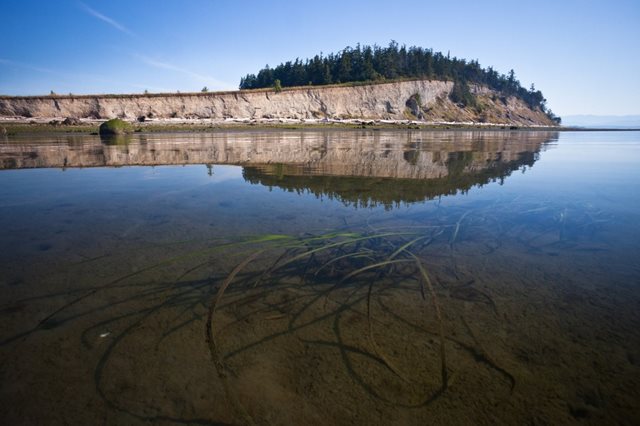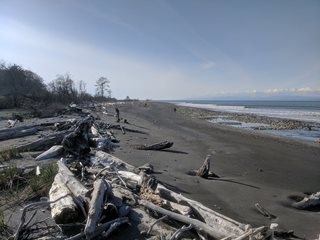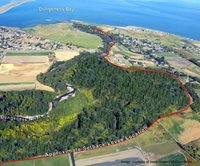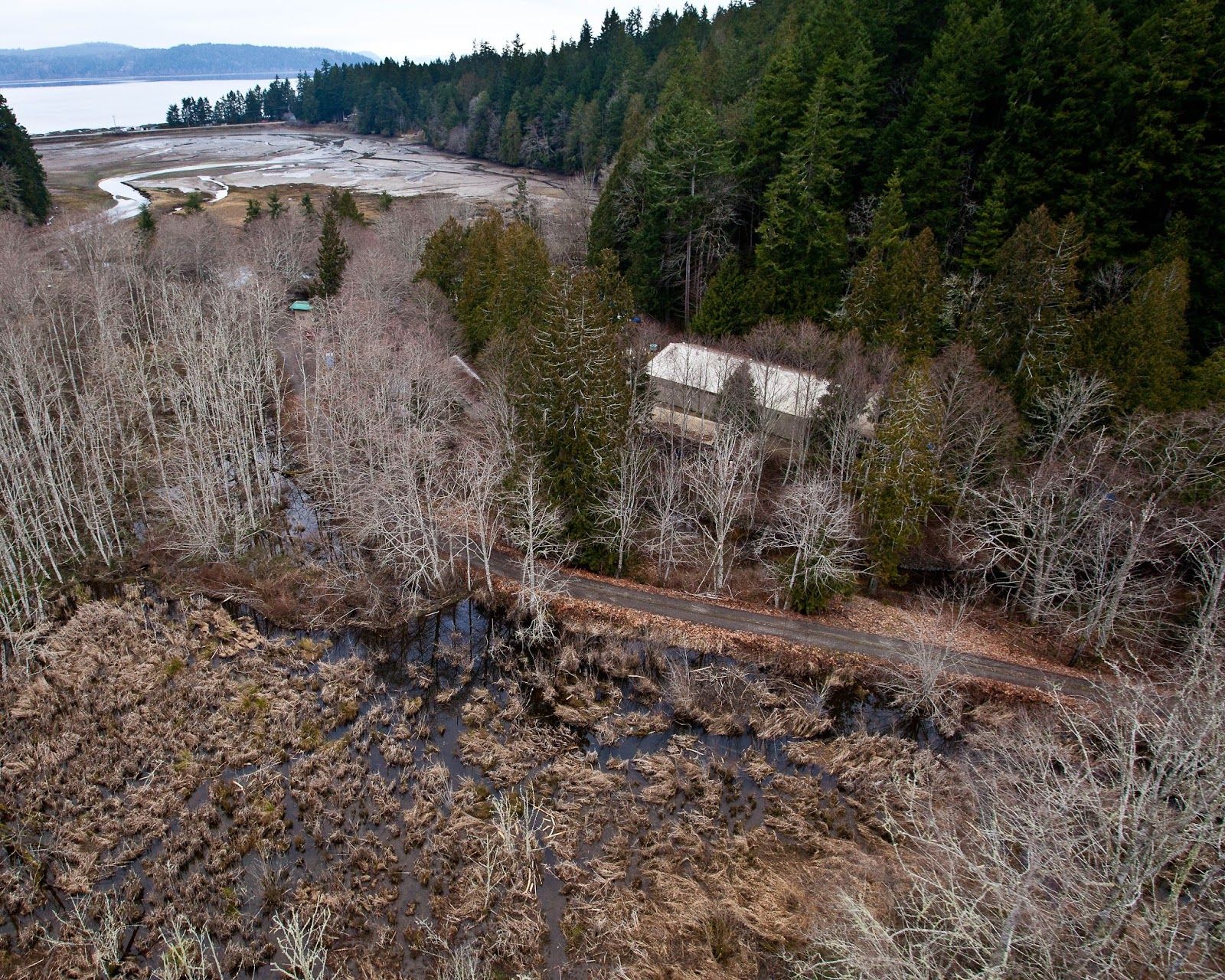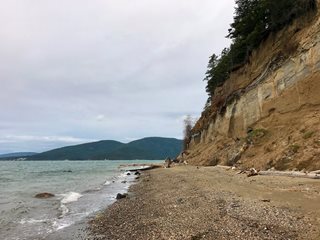May is American Wetlands Month. To highlight the vital ecological, economic, and social health benefits wetlands provide Washington, we are pleased to announce Ecology has been awarded $5 million in federal National Coastal Wetlands Conservation grants to help protect, restore, and preserve five crucial coastal wetlands in Clallam, Island, Kitsap, and Skagit counties.
The federal program, managed by the U.S. Fish & Wildlife Service (USF&WS), provides up to $1 million in funding for individual wetland conservation projects located in coastal and Great Lake states as well as U.S. territories. The program is funded in part through taxes paid on equipment and fuel purchases by recreational anglers and boaters.
While only states can apply for the coastal wetlands grants, we work in close partnership with land trusts, local and tribal governments, and other entities to identify conservation projects in Washington and develop wetland restoration and protection proposals for consideration by USF&WS.
With five $1 million individual federal wetland conservation awards, Ecology received more program grants in 2018 than any other state agency in the nation. In the past decade alone, we have helped secure federal funding and provided technical assistance for projects totaling nearly $86 million to conserve more than 10,000 acres of coastal wetlands in Washington.
‘Kidneys’ of watersheds
Sometimes referred to as the “kidneys” of a watershed, wetlands are renowned for improving water quality by removing excess nutrients, toxic substances, and sediments from the water that flows through them.
Wetlands help safeguard the overall health of community water supplies by helping filter and slowly recharge underground sources of water. Wetlands help reduce flood damages by soaking up rain and storing flood waters. These ecosystems provide critical habitat for plants, wildlife, and fish, including salmon. Wetlands are an effective and economical way to enhance community safety while improving quality of life.
Restoring coastal wetlands in Clallam County
Elwha River delta. Photo courtesy Jamie Michel.
- Protect and restore 3.25 acres of coastal wetlands at the site of a former delta channel in the Elwha River
- Complete the restoration of 2 acres of marine shoreline that was part of a previous conservation project to remove derelict shoreline armoring
This conservation effort will help maximize the environmental benefits associated with removing the Elwha River dams and is part of a broader effort by local partners to protect the river corridor, from its headwaters to the estuary. Lower Dungeness floodplain.
Protecting estuarine and freshwater wetlands on Hood Canal
Big Beef Creek; photo courtesy Brandon Palmer
Preserving, enhancing coastal wetlands in Island and Skagit counties
We are using a $1 million grant for the Barnum Point Phase 2 Acquisition project and working in close partnership with Island County to acquire 30 acres of Puget Sound waterfront property on the east side of Camano Island. The project is located in Port Susan Bay, within the greater Skagit and Stillaguamish river delta. This area is considered one of the most important places on Washington's northwest coast for estuarine and nearshore conservation due to its biodiversity and key role in supporting dozens of important estuarine-dependent species.
Guemes Island coastal acquisition project.
- More than 4,000 feet of marine coastline — including nearly 30 acres of feeder bluffs and associated coastal forest uplands.
- About 116 acres of marine shoreline and the largest coastal wetland ecosystem on the island including freshwater wetlands, meadows, and creeks.
Wetlands tools and resources
Want to know more? We provide technical assistance and develop tools for local governments, consultants, and developers regarding the responsible management, regulation, and stewardship of our wetlands.


